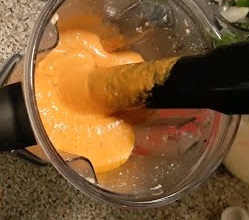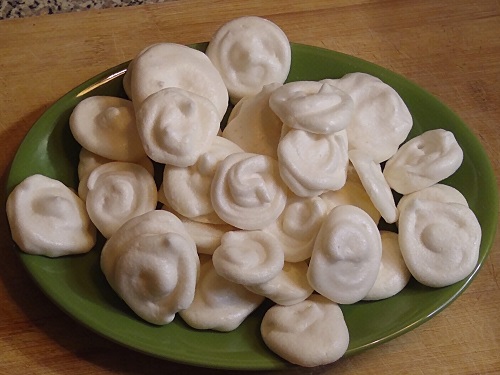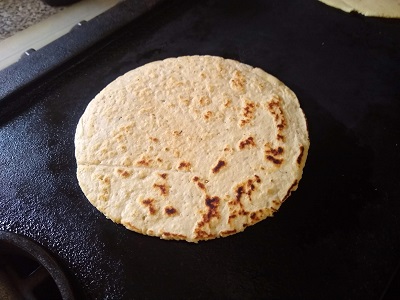Vegan Cheese Sauce – Upgraded!
Have you ever heard of “cheese” sauce that is made with “oats”? Here are three reasons why this is a winner in my book: 1 – Much cheaper than cashews (which was the nut of choice for making “cheeze” sauce). 2 – Extremely low-fat. About 1.5 grams for the entire 6 cups! By today’s standards, […]
Continue Reading


